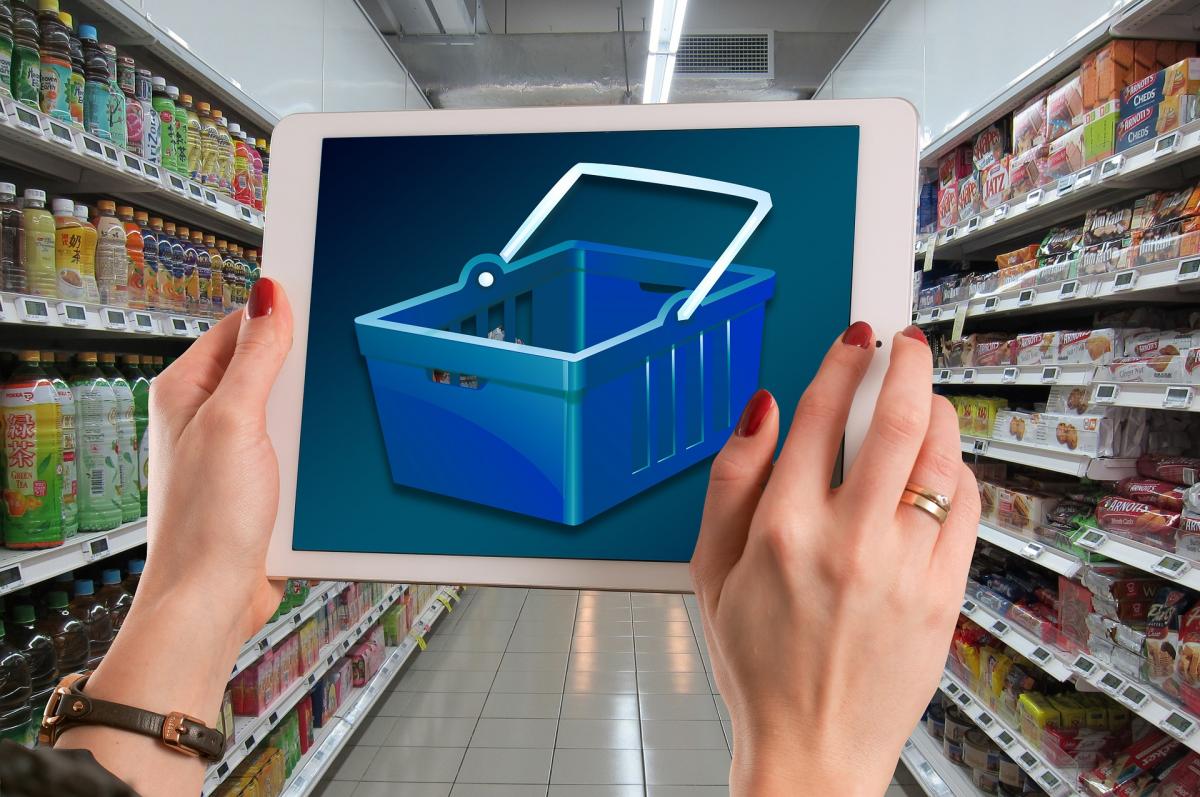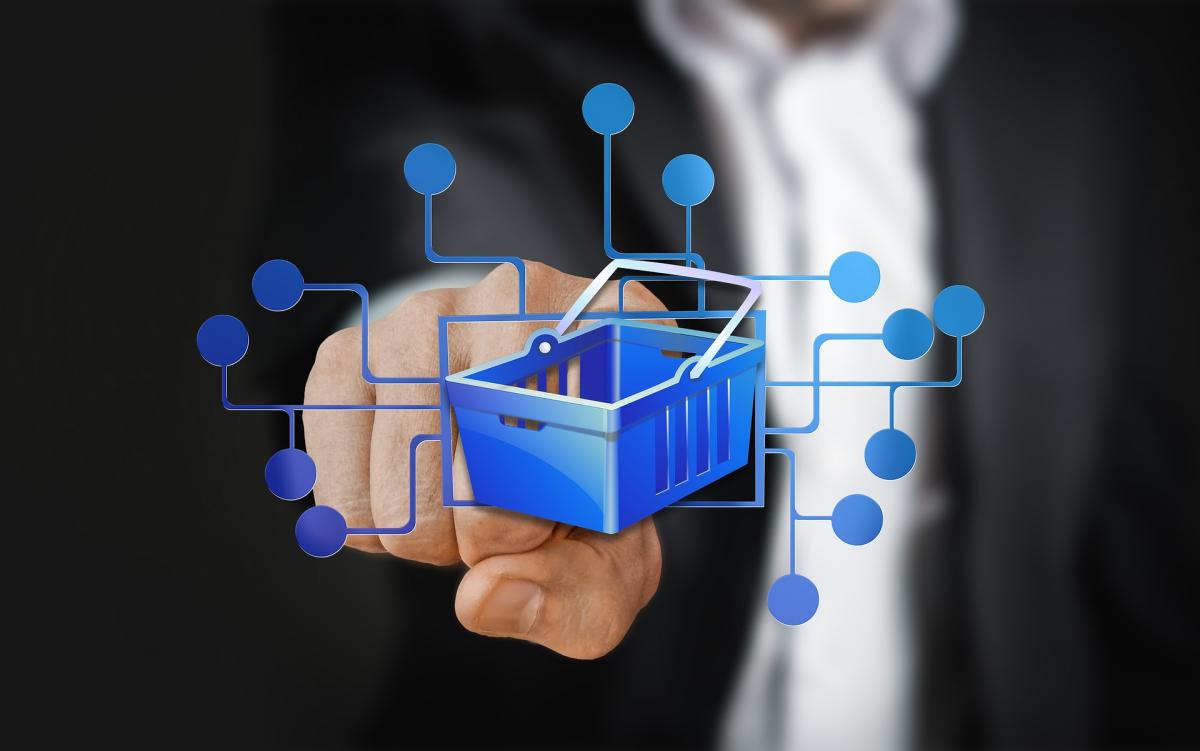Rise of private/exclusive brands and in-store expansion of digitally-native brands
The year 2019 will be the year we see many more private brand launches, acquisitions and partnerships –– also, it will be the year when many categories flip in favor of the digital exclusive, private brand and private labels across Amazon, Walmart, Target, Costco, etc., as everyone works to differentiate their portfolios and offerings.
Combine that with innovators like Brandless challenging the status quo on accessibility and affordability, and it leads to a disruptive shift in the landscape that brands are operating in today.
The digitally-native brands that have designed their businesses for the purpose to fit digital principles are leading a charge into stores, placing additional pressure on an already shrinking in-store shelf space for brands in many categories –– particularly center store. Unencumbered by the same historical investments that many scaled brands have, these brands are nimble enough to address the key characteristics of the store of the future –– namely, experiential, social, curated and frictionless.
As marketplaces have expanded product access making it nearly ubiquitous, private and exclusive brands are one of the primary ways retailers are and will continue to differentiate their businesses. Similarly, as new digital and supply chain requirements pressure margins, expect retailers to push private label more to support margin challenges.
Importance of adapting to the “New Retail” model

Alibaba has pioneered the New Retail model, redefining what true seamless integration looks like from digital to physical. Yet, this is now becoming table stakes for how to survive and thrive in the new age of retail. Alibaba, Amazon, JD and Walmart are all raising the bar on what store-based success looks like in an ecommerce-driven environment.
Following the lead from Alibaba and JD, store-based retailers in hyper-developed markets will drive consumers to use mobile to identify themselves while in-store and checkout –– for example, Amazon Go, Sam’s Club Now. This further solidifies that retailers will move to a truly seamless and integrated experience for consumers, which will be key to unlocking online-offline.
Discount and convenience will remain the two fastest growing factors for physical store channels, though both will become increasingly digitized. For example, JD.com and Alibaba will incorporate convenience chains, like mom and pops, into their digital ecosystems, while Aldi and Lidl will rollout delivery partnerships with intermediaries across further markets this year.
Successful retailers of the future must have a much longer-term view of profitability in order to make the significant investments needed, for instance, in digital ecosystems, in-store technology, and automated supply chains. They will need to stand the traditional model on its head and look at the way pure-players have been allowed to do things over the past decade, while mitigating the pressures of often being publicly traded organizations.
Furthermore, watch for further acquisitions and launches by these digitally native brands to maintain their competitive advantage. Future possible scenarios include Amazon acquiring a regional supermarket chain in Europe, launching Amazon Go in key European cities, Alibaba and JD.com acquiring a stake in North America or European retailer as they look to become more global. The game-changer –– although unlikely to happen very soon –– would be the arrival of Alibaba’s best-in-class Hema format in Europe and US, as it will continue to set the benchmark for the digital store of the future.
Ecommerce’s expansion into healthcare

Retail and healthcare will be more interconnected than ever before, with healthcare being one of the areas where we expect to see the most disruption in 2019. Retailers are evolving to become integrated healthcare providers, extending their role beyond retail to be healthcare providers and supporting consumers with total healthcare management.
Digital will continue to fundamentally reshape healthcare. Health will be a primary area of ecosystem extension for retailers, as it is one of the few untapped areas of sizeable consumer spend for marketplaces, including Amazon, to disrupt and capture share of wallet. These new entrants into healthcare, will have a profound impact on healthcare, as their recent steps to participate in the space are just the beginning of a much longer journey to take share and play a major role in the healthcare industry.
Amazon, amongst other digital operators, will bring unique technology driven solutions, including automation and AI, to bring down costs and improve the consumer healthcare experience. There will be an intense focus on delivery of care, including last mile logistics and bringing healthcare closer to the consumer to fill in gaps of care and expand capacity. These players will bring the same data driven intensity that they have on their retail business to healthcare (e.g. negotiating item level P&Ls, monitoring adherence).
Brands must work with legacy B&M pharmacy partners to innovate, protect their scale and build partnerships that drive loyalty, while investing and building online capabilities to drive future growth and stay ahead of pharmacy channel disruption.
Watch for further acquisitions and partnerships in this space as retailers and brands alike look to deliver on consumers heightening expectations of their health accountability.
Automation of retail

Checkout-less stores are here to stay. With Amazon having honed the technology and committed to expansion plans, it appears Amazon Go really the way to go. We’ll be keeping an eye on Amazon licensing its technology to other retailers – which could lead to an acceleration in store of the future characteristics across the landscape. Expect other white-labeled solutions beyond those from Amazon, as well as entrants from other markets, notably China, who have advanced capabilities already at scale.
Voice will be another area that will be integrated across the home and embedded into high frequency devices in consumers’ lives. Voice ultimately will be device agnostic, as Amazon & Google, will accelerate embedding of their voice-enabled capabilities into partners’ platforms.
Finally, watch for more activity in automation as a service for supply chain needs. Ocado has led the way here, forming partnerships with market leaders across countries, bringing its pioneering automated warehousing solutions to partners. The payoff opportunity for those retailers that can invest upfront to develop the technology and then white label it to other partners, is a compelling proposition for digital leaders today to build new revenue streams beyond commerce.
Retail as a service has already altered the mom & pop landscape in emerging markets today and will continue to do so. By providing them with the technology, varied retail capabilities (e.g. branding, merchandising displays), and assortment (buying power, private label), scaled retailers can leverage mom & pops to drive their own brand awareness with newly addressable consumers (e.g. Alibaba in China, Casino in Latin America) as well as use them as proximate pick up points (e.g. Amazon & kiranas in India).
Click here to sign up for our free weekly newsletter and get more retail and ecommerce insights delivered to your inbox.




